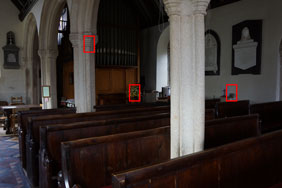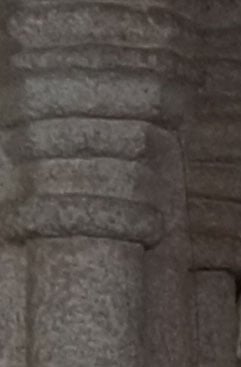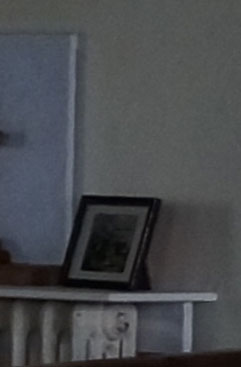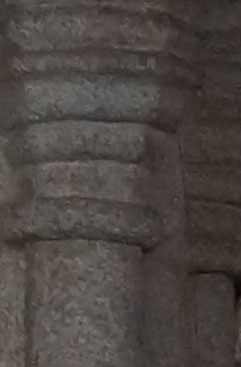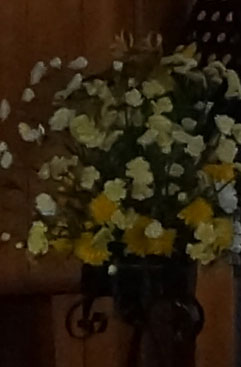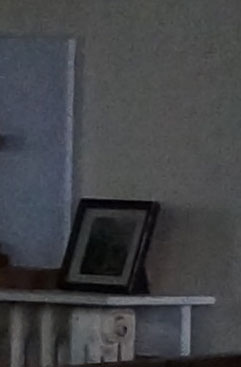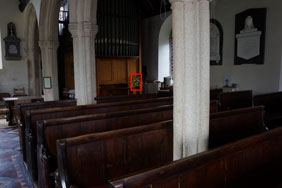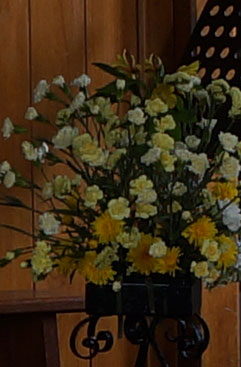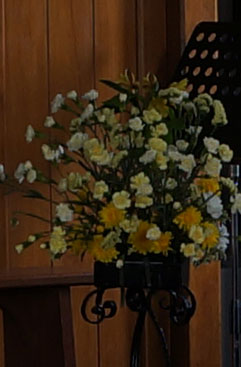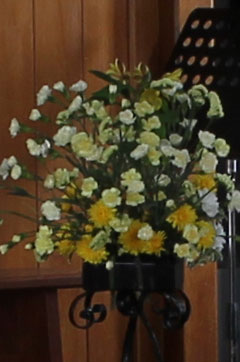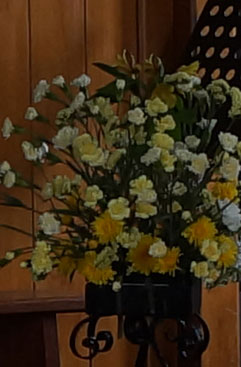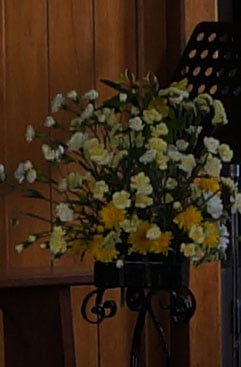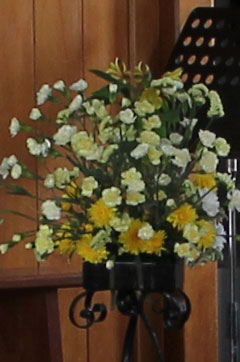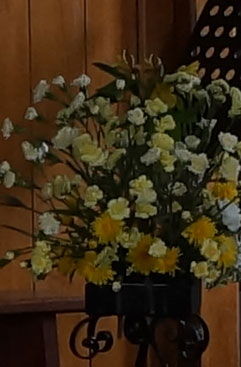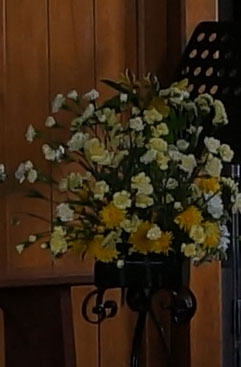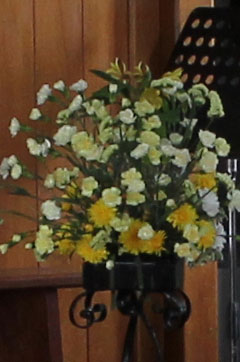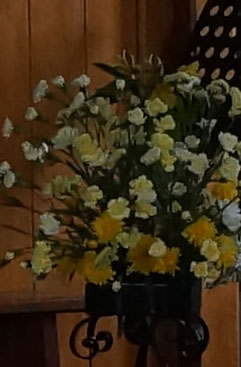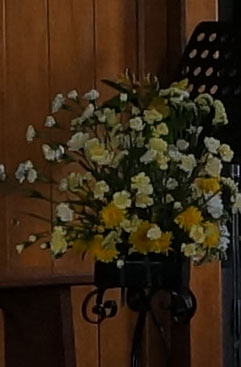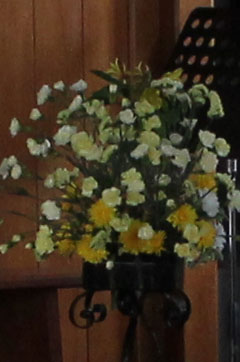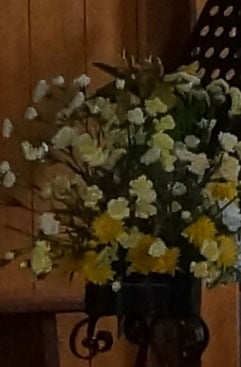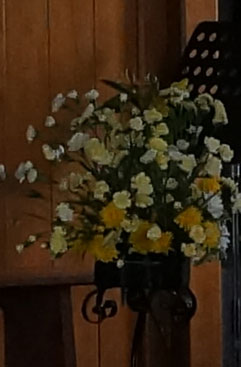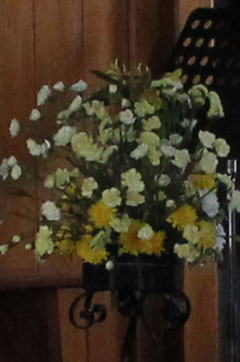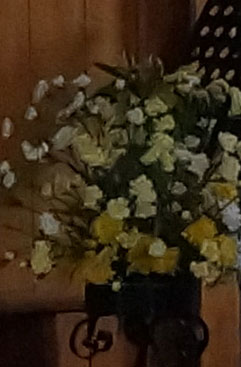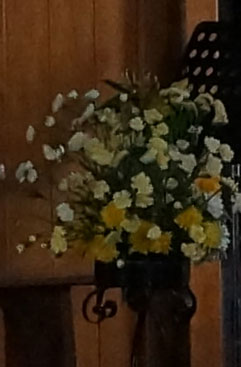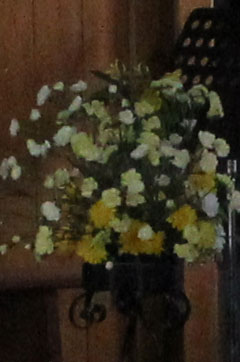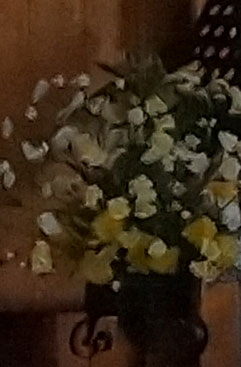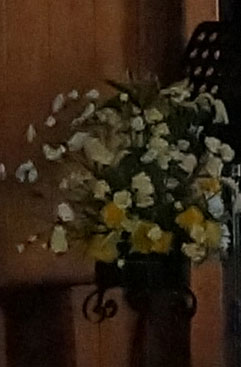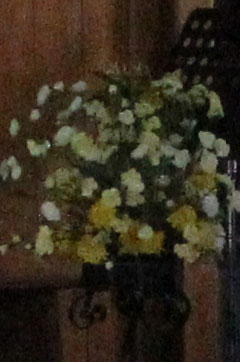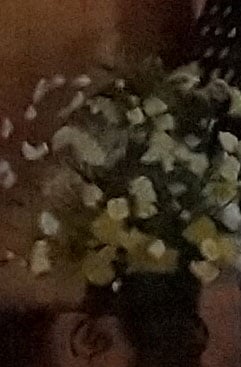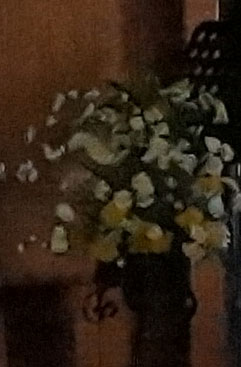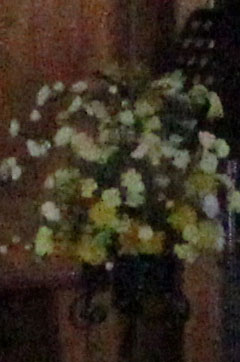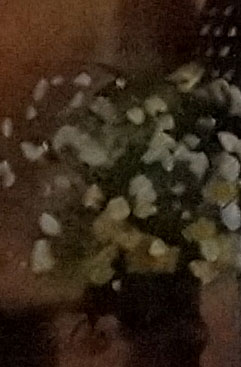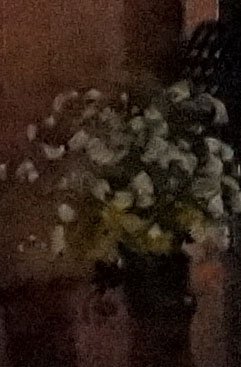Sony Alpha NEX-7
-
-
Written by Gordon Laing
Quality
Sony Alpha NEX7 vs Sony Alpha NEX-5N vs Canon EOS 60D image quality
|
Sony NEX-7 |
Sony NEX-5N |
Canon EOS 60D | ||
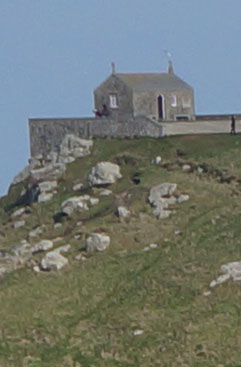 | 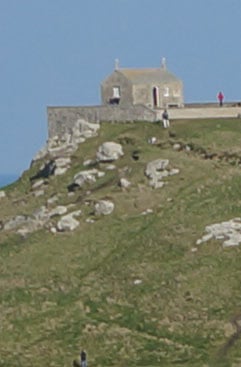 | 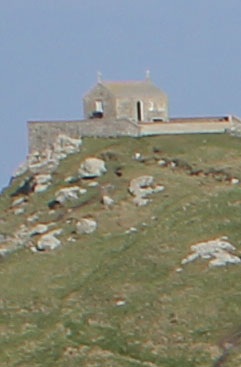 | ||
f5.6, 100 ISO |
f5.6, 100 ISO |
f5.6, 100 ISO | ||
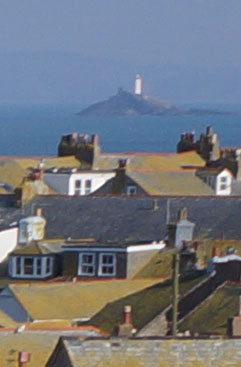 | 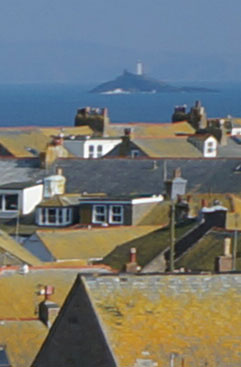 | 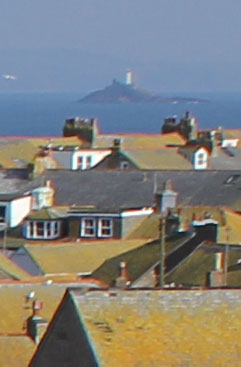 | ||
f5.6, 100 ISO |
f5.6, 100 ISO |
f5.6, 100 ISO | ||
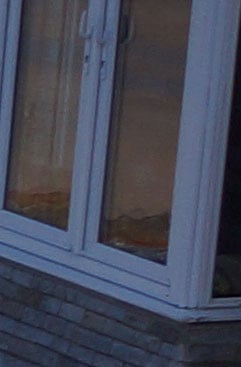 | 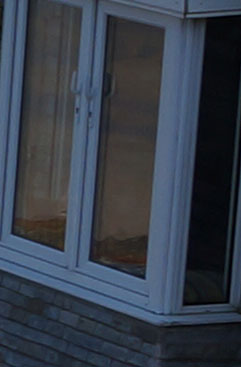 | 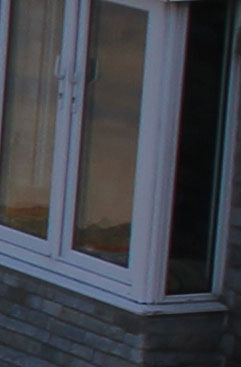 | ||
f5.6, 100 ISO |
f5.6, 100 ISO |
f5.6, 100 ISO | ||
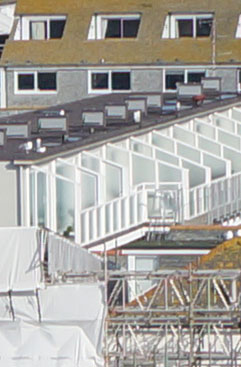 | 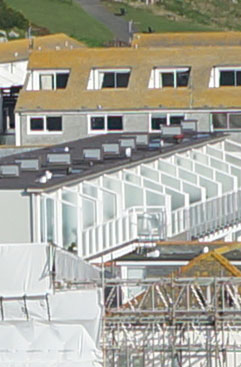 | 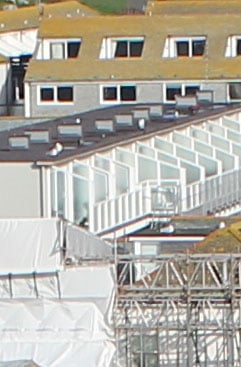 | ||
f5.6, 100 ISO |
f5.6, 100 ISO |
f5.6, 100 ISO |
Sony Alpha NEX-7 JPEG vs RAW
|
Sony NEX-7 (JPEG using in-camera defaults) |
Sony NEX-7 (RAW using Image Data converter 4) | |
 | 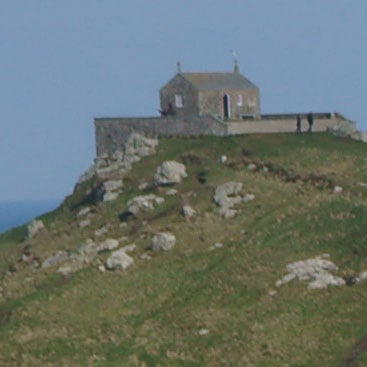 | |
f5.6, 100 ISO |
f5.6, 100 ISO | |
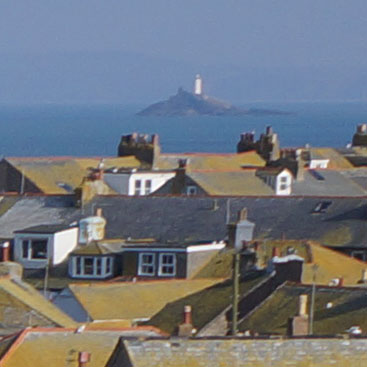 |  | |
f5.6, 100 ISO |
f5.6, 100 ISO | |
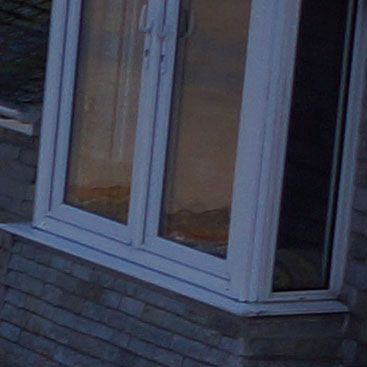 | 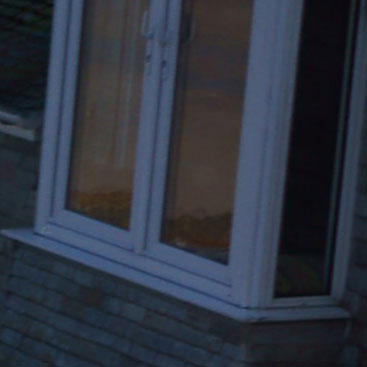 | |
f5.6, 100 ISO |
f5.6, 100 ISO | |
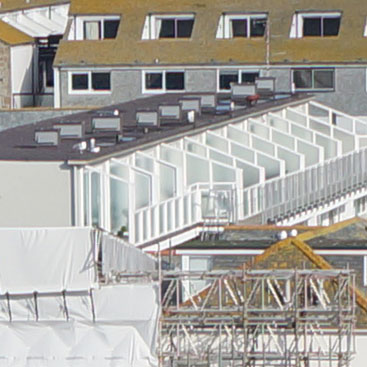 | 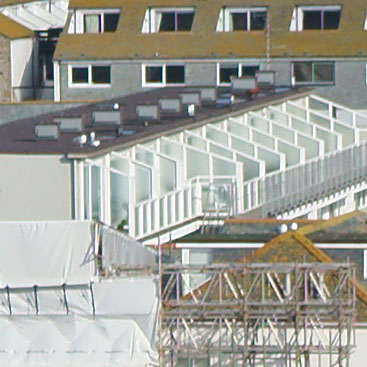 | |
f5.6, 100 ISO |
f5.6, 100 ISO |
Sony Alpha NEX7: Hand-held Twilight vs Aperture Priority mode at 1600 ISO
The above shot was taken with the the Sony Alpha NEX-7 using Hand-held Twilight mode.The camera automatically selected an exposure of 1/60 at f4 with a sensitivity of 1600 ISO and the original file measured 4.56MB. For the comparison, I switched to aperture priority mode and selected f4 at 1600 ISO and the camera metered the same 1/60 exposure. As we saw from the high ISO noise tests, 1600 ISO is the point at which the NEX-7 starts to exhibit quite visible and intrusive noise that affects medium sized image detail. You need to look quite closely at the first crop to see that the Hand-held Twilight crop is not only slightly warmer, but also displays more detail in the stone column than the Aperture Priority shot. Again in the second crop, it’s not glaringly obvious but close inspection reveals more detail in the flower heads as well as the wood panelling behind – you can clearly make out the horizontal grooves in the Hand-held Twilight crop but they’re almost obscured by noise in the Aperture Priority one. But it’s the final crop that most clearly demonstrates the Hand-held Twilight advantage. In the Aperture Priority crop the flat grey areas are grainy and speckled but the Hand-held Twilight crop is much smoother. The detail is also much clearer along the verticle boundary made by the white frame and along the horizontal edges of the shelf. Because it fires off six frames in quick succession, Hand-held Twilight mode can be a bit intrusive, but in terms of quality it gives clearly superior results in low light and I’d recommend you use it whenever possible. Now head over to my NEX-7 sample images to see some more real-life shots in a variety of conditions.
| |||||||||||||||||||||||||||||||||||||||||||||||||||
Sony Alpha NEX-7 vs Sony Alpha NEX-5N vs Canon EOS 60D Noise
The above shot was taken with the the Sony Alpha NEX-7 with the lens set to 20mm (30mm equivalent) and the aperture set to f5.6 in Aperture priority mode. At its base sensitivity setting of 100 ISO the NEX-7 metered an exposure of 0.6 seconds. The NEX-5N metered the exact same exposure, as did the Canon EOS 60D. Both the NEX models struggled to autofocus in the dimly lit church so I used manually focus with peaking activated to focus on the area from which the crops are taken. The EOS 60D managed to autofocus without a problem. The NEX-7 noise crops generally reflect what we saw in the outdoor test crops: the higher resoution 24.3 Megapixel sensor is, as you’d expect, more prone to noise than the 16.1 Megapixel sensor of the NEX-5N, but not as much as you might think. At the base 100 ISO setting there’s a slight graininess to the detail, but it’s neither intrusive, nor unpleasant. The interesting thing is what happens at the 200 and 400 ISO sensitivity settings. If the NEX-7’s sensor was performing on the edge of its capabilities in terms of signal to noise ratio, you’d expect the Sony engineers to have a real job on their hands to keep noise under control as the signal is amplified and the sensitivity increases. If they did, you wouldn’t know it from these crops, the 200 ISO crop is barely distinguishable from the 100 ISO one and even at 400 ISO, though the noise is a little more evident, this is an excellent result. In fact, right up to 800 ISO the NEX-7 does a first rate job of balancing effective noise reduction with retention of fine image detail. At 1600 ISO the noise is begining to get intrusive and the processing to minimise its effects is having a marked effect causing smearing of the fine to medium image detail. Even so, at 3200 ISO the result is still good enough to use at smaller sizes and even 6400 ISO is passable. At 12800 and 16000 ISO even at small sizes things look very bitty, but not many cameras wil let you shoot at full resolution at these high sensitivities, so it’s good to have them. You’ll get better results using the Handheld Twilight scene mode, which you can see on the next page. Compared with the NEX-5N the results from the NEX-7 hold up very well, particularly at the lower sensitivities. At 100, 200 and 400 ISO the NEX-7 is marginally noisier than the NEX-5N but you have to look very carefully at these 100 percent crops to spot it – that’s a very impressive achievment. At 800 ISO the quality starts to diverge first by a little, then an increasing amount – the 1600 ISO crop from the NEX-7 is much granier than the one from the NEX-5N and by 6400 ISO there’s a stop between them – the 5N 6400 ISO crop looks a lot like the 3200 ISO crop from the 7N. Another thing worth pointing out here is the level of detail in the lower sensitivity crops. Though the NEX-7 detail is larger, it’s no better resolved than the smaller detail in the 5N crops. Compared with the crops from the 18 Megapixel Canon EOS 60D the NEX-7 again holds its own. At the lower ISO sensitivities detail in the EOS 60D crops is softer but there’s little if any daylight between the two in terms of visible noise. In the middle to high ISO sensitivities though the NEX-7 gains the upper hand. At 400 ISO the 60D is marginally noisier and by 1600 ISO the difference is clear to see; it’s still not a massive difference, but it is significant. Given that both cameras share same-sized APS-C sensors, and the NEX-7 has a third more photosites than the EOS 60D you’d expect these results to be the other way around, so all the more credit to Sony for the NEX-7’s excellent low-light performance. In my final results page you can see the effect of shooting in low light with the NEX-7 Handheld Twilight mode. Or if you’ve seen enough, head over to my NEX-7 sample images to see some more real-life shots in a variety of conditions.
|

